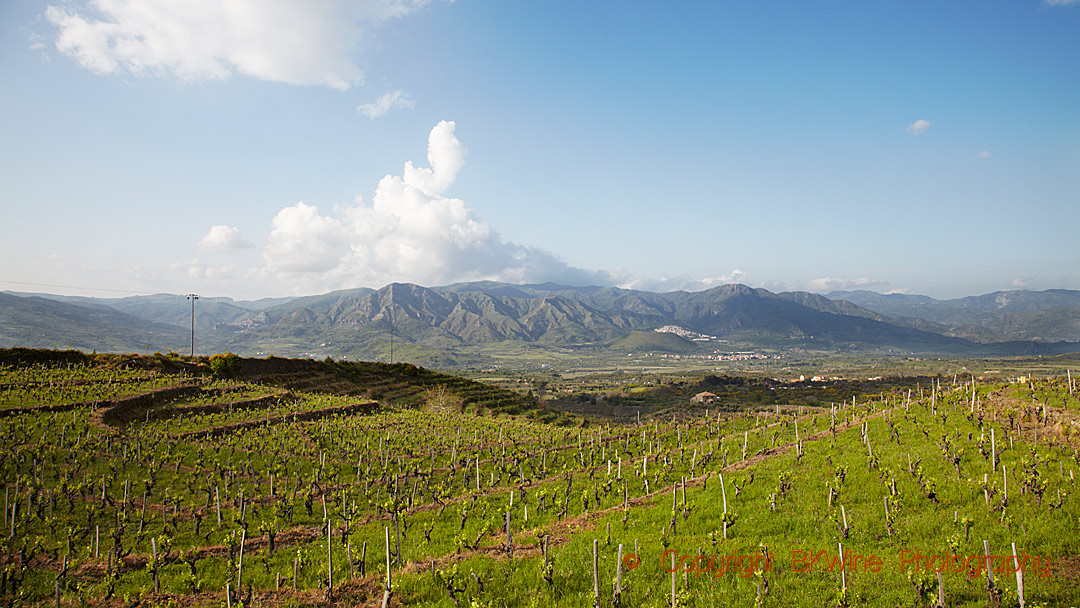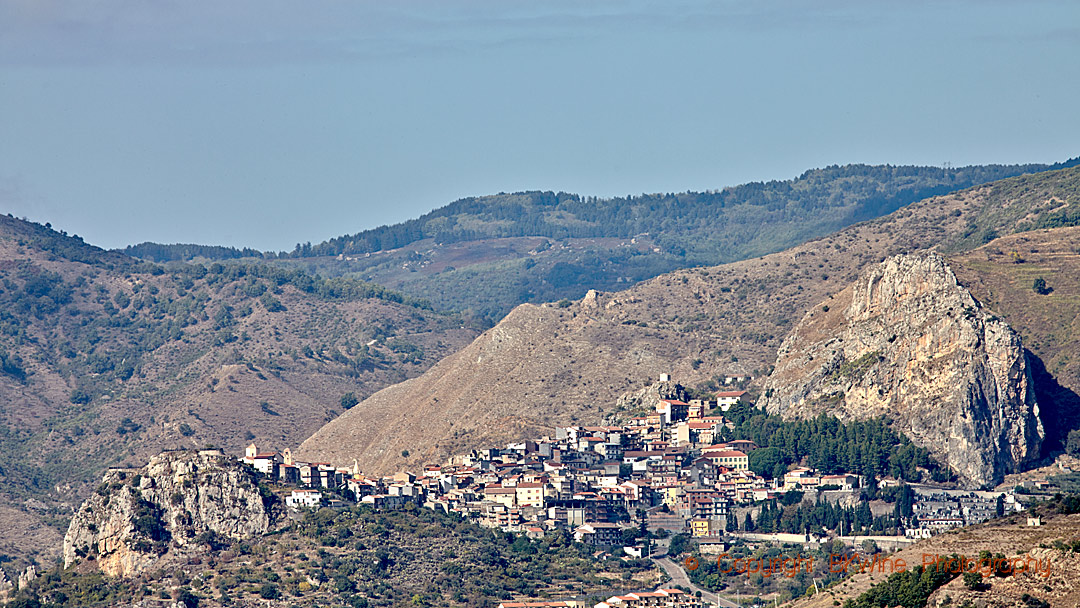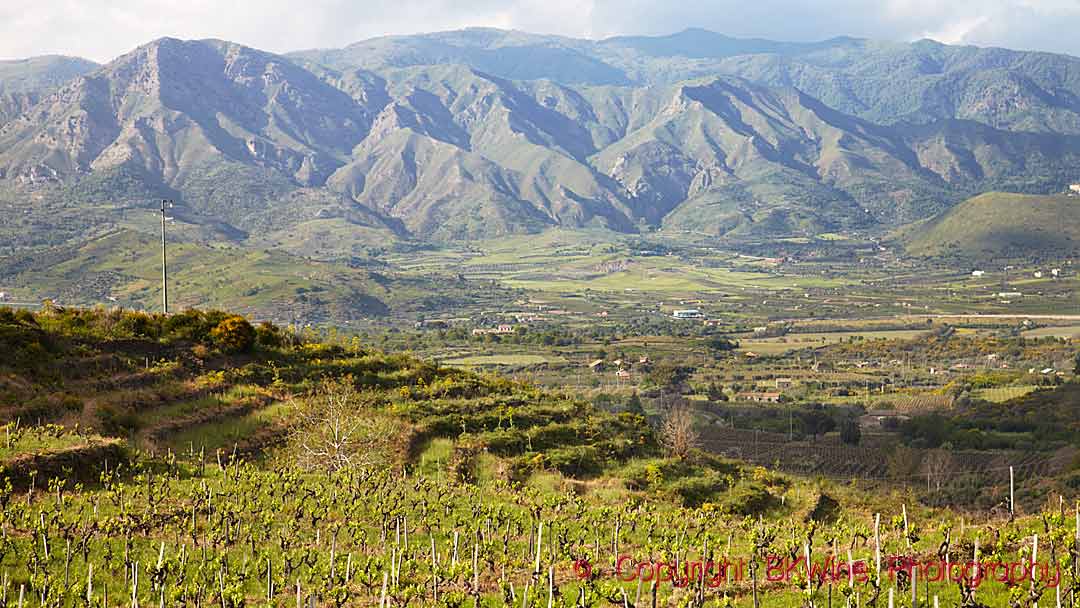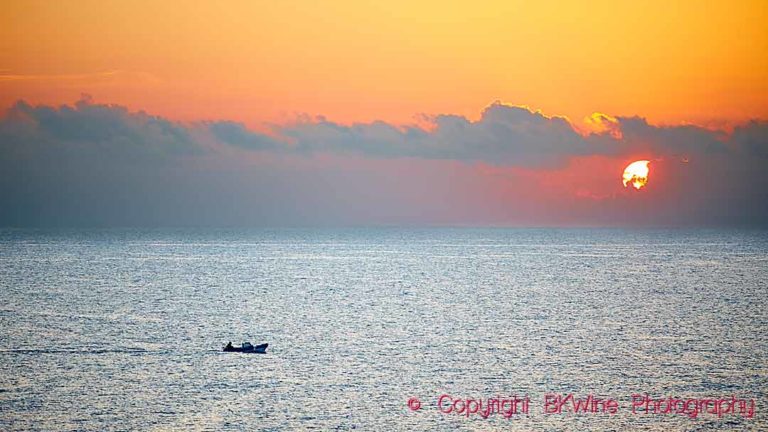Frank Cornelissen arrived at Mount Etna from Belgium in 2000 and has become one of the most prominent faces of the natural wine movement. His wines often evoke strong emotions; either you love them, or you don’t. Here, he talks with BKWine Magazine’s Åsa Johansson about his philosophy and the challenges of making white wines.
“When I came to Etna, I had a clear idea of the type of wines I wanted to make. I call it my intellectual phase,” says Cornelissen.
Initially, he wanted to make wines with a sense of terroir, a concept he now views with different eyes. “I am the first in my family to make wines, so I had my idea of how wine should be made,” he says. In his previous life, he was a wine merchant selling exclusive wines. His initial theory was to make wines in the same style as those from Burgundy or Barolo. In other words, wines that benefit from long ageing with earthy, herbal tones. “But slowly, the fruit took over, and over time, my wines have become less about me and more about Etna,” he explains.
Over the years, he has become more nuanced. “Recently, I have become better at what I do, and I use more technical equipment. The changes I make today are smaller compared to the beginning but more significant. I can better achieve what I want, and I can make more nuanced wines,” he says, adding that his life more or less looks the same as it did when he arrived at Etna. “I have no central heating, and I still live in the same house. But when I came here, I was alone, whereas today, I live with my wife and two children, so I don’t have as much space anymore,” he says, laughing.
Before our interview, I read some older articles about Frank. One, written by Matt Kramer in Wine Spectator from 2009, where Frank is called “The craziest of the crazy wine club.” I ask who has changed the most since then: him or the consumers. “I have never been dogmatic. When I don’t understand something, I read up on it, change it; it’s an intellectual logic, and I’ve been lucky to have customers who are like me,” he says. He mentions as an example that his customers are not the ones who buy sports cars or expensive things, even if they can, but are more practical and curious than focused on surrounding themselves with status symbols.
“I have never studied or thought about marketing. I’ve read a couple of books, but I believe more that I’ve been fortunate that certain people and a certain type of romantic, curious wine drinkers have found me,” he says.
Regarding the natural wine movement, for which he has been a prominent figure, he says: “As always, there are two sides to the coin. The movement has done a lot to make the wine world more aware of production methods and our environment, but at the same time, some are too dogmatic.” He believes it’s right to call it a “movement” because the definition of natural wine is too vague and means different things to different people. We talk about the attention Frank received when, a few years ago, he started filtering some of his wines and adding sulphur. “I am logical; using technology is not wrong. It’s how you use it that makes a difference,” he says.
He is surprised at how well things have gone. “At the beginning, I made just over a thousand bottles; today, I make around 150,000, but I don’t want to grow or become bigger than this,” he says, because then more staff would be required, and production would become more of an industry than a craft.
He still oversees every step of production. “If we got bigger, more staff would be needed, and even now, I would prefer not to be responsible for all the paperwork and the 26 people who work for me,” he says. He describes himself as a real “pain in the ass” and says he prefers dogs to people. “I hate wasting time; it drives me crazy. It takes a while for those who work with me to understand that,” he says.
During the yearly wine fair organised by Meteri, which distributes Cornelissen in Italy, a few lucky wine lovers got the chance to try different vintages of his white wines Munjebel Bianco Classico (grecanico dorato 50%, carricante 50%) and Munjebel VA Vigne Alte. The latter is made with grecanico dorato 60%, carricante 10%, and coda di volpe 30% from the highest vineyards, located between 900 and 1,000 meters altitude from ungrafted vines.
“I don’t like the white wines from Etna. Most of them are salty and sharp and lack intensity and texture. I think the whites have been really difficult to make, but working with them, I learned how to deal with my red wines”, he says.
He loves the wines from Alsace, “they have both volume and elegance while the whites from Burgundy are wow-wines, but they are not inspiring to me”, he says.
When he started to make the whites, he treated them as the red wines, meaning skin contact during fermentation with an orange wine as a consequence. “I liked the tactile feeling and density but missed the finesse and precision”, he says.
With the vintage 2015, he changed the technique to search for the purity and flavours of Etna. He started with a short period of skin contact and then ageing the white wines for an extended period in the coldest part of the cellar before bottling.
“I obtained elegance, purity, and density, making these whites very suited to accompany a wide variety of dishes and cuisine, from fish to white meat”, he says and adds, “The white wines from Etna are not in the wine world’s Olympos, so the challenge is to try to do something more and better than before”.
What does Frank Cornelissen wish for the future?
“If I’m lucky, I have about fifteen years left where I can be present as I am now. Then I will walk around and be old, and everyone will pretend to agree with me even though they don’t care. That’s what it’s like to get old,” he says, adding, “There’s roughly one really good vintage every ten years. My goal is to make the most of what I have left and try to make wine with depth and a lot of feeling.”
Tasting Frank Cornelissen’s wines
We start with the “classic” white:
Frank Cornelissen Munjebel Bianco Classico 2018
A balsamic wine, weighty on the mid-palate with aromas and flavours of chamomile, white tea, yellow apples, and an intense finish. Here, power and elegance walk hand in hand, creating a memorable interpretation of Etna.
Frank Cornelissen Munjebel Bianco Classico 2019
More herbal and vertical, refreshing acidity balanced by light tannins creating a dynamic mouthfeel and lovely light yet intense impression.
Frank Cornelissen Munjebel Bianco Classico 2020
Apricot, hay, orange flowers, and herbal character with light sweet tannins and vivid salty acidity on the finish. A myriad of flavours continue to develop in the glass during every sip.
Frank Cornelissen Munjebel Bianco Classico 2021
It needed time in the glass before it opened up, one nuance lighter than the others but still intense flavours and aromas of herbs, asparagus, and winter apples. Youthful and a little nervy with great ageing potential.
These wines were followed by the high-altitude wines:
Frank Cornelissen Munjebel Bianco VA Vigne Alte 2017
Hay, wild mint, thyme, Mediterranean scrub, ripe citrus, balsamic wide mouthfeel, sweet light tannins that play with fruit and integrated acidity. Elegant and expressive. This is a wine to remember.
Frank Cornelissen Munjebel Bianco VA Vigne Alte 2019
Winter apples, a wide range of citrus from lime to orange peel, green curry, high crystal-clear acidity, with yellow fruit coming through together with dry herbs. Tight, long, energetic finish.
Frank Cornelissen Munjebel Bianco VA Vigne Alte 2020
Reduced in the beginning, petrol notes, high acidity, and nervous tight mouthfeel, with a bit of time in the glass, it opened up, becoming broader and more expressive with white flowers, orange zest, and the soul of Etna slowly showing in the glass.


















